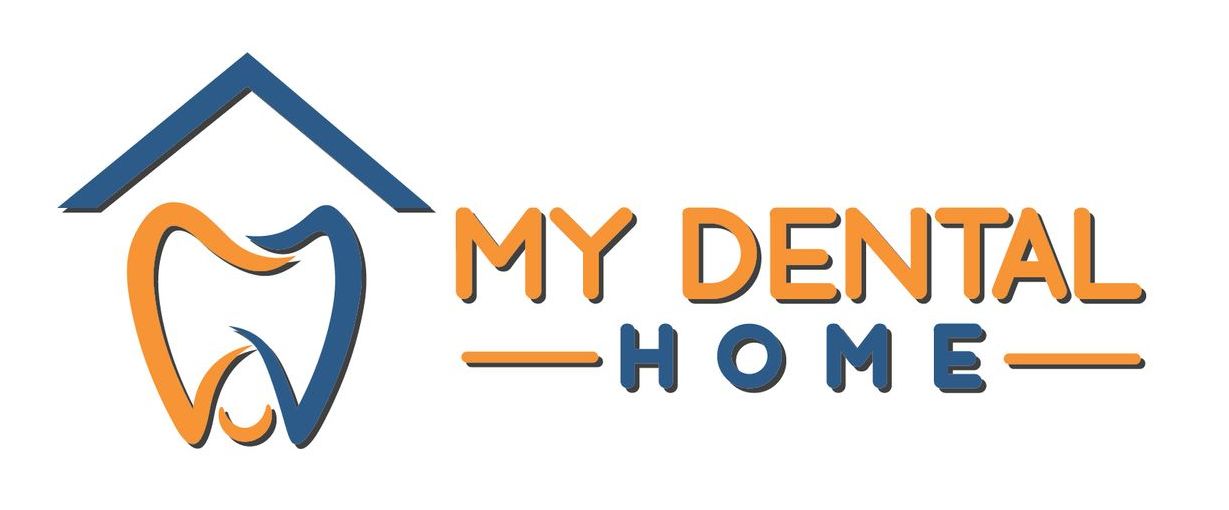The Importance of Dental Sealants in Preventing Tooth Decay
In the ongoing battle against tooth decay and cavities, dental sealants serve as a valuable defense mechanism for preserving the health of your teeth. Sealants are a thin, protective coating applied to the surface of your back teeth called molars and premolars, which are particularly susceptible to decay. This safe and painless procedure can significantly reduce the occurrence of cavities, providing long-term benefits for your oral health. At My Dental Home Clinic in Swartz Creek, Michigan, our team of dental professionals is committed to helping you maintain a healthy smile through preventive measures such as dental sealants. In this article, we will explore the benefits of dental sealants, discuss which patients are most likely to benefit from this treatment, and explain the process of applying dental sealants.
Dental sealants provide a cost-effective, preventive solution to tooth decay by forming a physical barrier against cavity-causing bacteria and food particles. Molars and premolars have deep grooves and fissures that often trap food particles, making them difficult to clean with regular brushing and flossing. By filling and sealing these grooves, dental sealants make it harder for cavities to form in these vulnerable areas. Dental sealants are particularly beneficial for children who have recently developed their permanent molars, as protection in these early years can help establish a strong foundation for a lifetime of healthy teeth. However, dental sealants can also be advantageous for teenagers and adults with healthy, cavity-free molars needing extra protection.
Understanding the process of applying dental sealants, the potential benefits they can provide, and who can benefit the most from this preventive measure empowers you to take proactive steps towards maintaining strong, healthy teeth.
Key Benefits of Dental Sealants
Dental sealants offer several notable advantages in preserving and enhancing your oral health:
1. Proactive Decay Prevention: By sealing off deep grooves and fissures, dental sealants prevent food particles and bacteria from accumulating in these hard-to-clean areas, reducing the risk of tooth decay.
2. Long-lasting Protection: Dental sealants can provide protection against tooth decay for several years, with proper care and maintenance.
3. Non-Invasive and Painless: The process of applying dental sealants is simple, painless, and requires no drilling or removal of tooth structure.
4. Cost-effective: Dental sealants are an affordable preventive measure that can help reduce the need for more costly and invasive dental procedures in the future, such as fillings and root canals.
Ideal Candidates for Dental Sealants
Dental sealants can be beneficial for a wide range of patients, especially those with a higher risk of developing tooth decay:
1. Children and Adolescents: Dental sealants are particularly helpful for children who have recently developed their permanent molars and premolars. Establishing this protection early on can create a strong foundation for lifelong oral health.
2. Adults: Individuals with healthy molars and premolars, free of dental fillings, can also benefit from dental sealants, especially if they are at a higher risk for developing tooth decay.
3. Patients with Deep Grooves: Those with deep grooves or fissures in their teeth that are difficult to clean with regular brushing and flossing may find dental sealants advantageous for preserving tooth health.
The Dental Sealant Application Process
The process of applying dental sealants is simple, straightforward, and typically completed in a single appointment:
1. Examination: Your dentist will first examine your teeth to determine if sealants are necessary and appropriate for your specific dental condition.
2. Cleaning: Prior to the application of dental sealants, the teeth in question will be thoroughly cleaned by a dental professional to remove any debris or plaque buildup.
3. Tooth Preparation: The tooth surface will then be prepared by applying a special solution that roughens the surface slightly, improving the bond between the sealant and the tooth.
4. Sealant Application: The dental sealant, a liquid resin, will be carefully painted onto the grooves of the tooth with a small brush. This process is quick and painless.
5. Curing: A dental curing light will be used to harden the sealant, effectively sealing off the tooth surface and providing protection against decay.
6. Inspection: Finally, your dentist will inspect the dental sealant to ensure proper placement, fit, and function.
Dental Sealant Aftercare and Maintenance
While dental sealants provide a reliable and long-lasting defense against tooth decay, proper care and maintenance are essential:
1. Oral Hygiene: Maintain your daily brushing and flossing routine to keep your teeth and gums clean, being mindful not to ignore the areas with dental sealants.
2. Regular Dental Visits: Schedule regular dental checkups and cleanings to allow your dentist to monitor the condition of your dental sealants, as well as address any other oral health concerns.
3. Monitor Sealants: Be vigilant in tracking any changes to your dental sealants, such as wear or chipping, and notify your dentist if you notice any issues to ensure prompt repair or replacement.
4. Maintain Low Decay Risk: Adopt a proactive approach to your oral health by consuming a healthy diet low in sugars and acids, staying hydrated, and using fluoride toothpaste for added protection.
Conclusion
Dental sealants play a crucial role in preventing tooth decay by providing a protective barrier on the surfaces of molars and premolars. This cost-effective and
non-invasive dental treatment can help preserve the health of your teeth and maintain a bright, confident smile. At My Dental Home Clinic in Swartz Creek, Michigan, our team of dental professionals is committed to helping you achieve optimal oral health through preventive measures like dental sealants. Contact us today to schedule a consultation and discuss whether dental sealants are right for you or your child.
Share This Post

